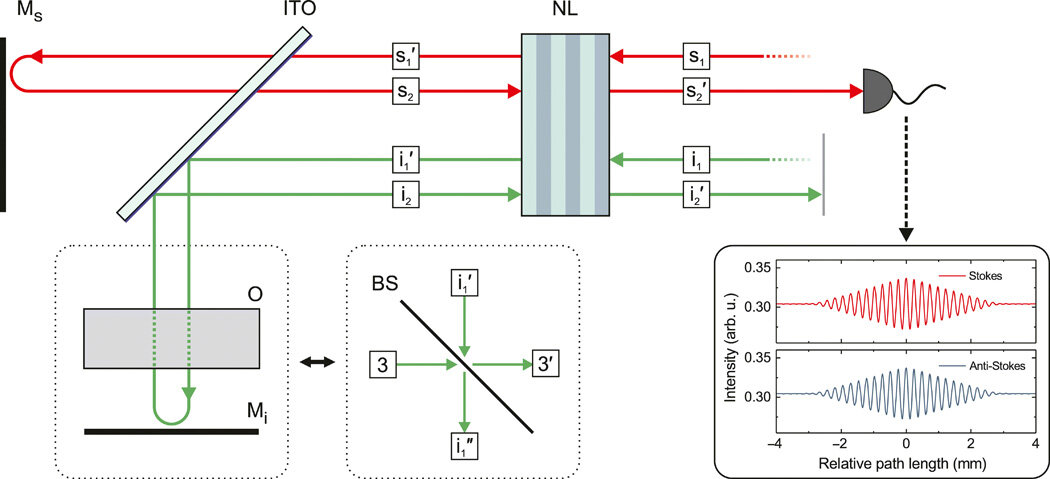
A research team in Germany described the first demonstration of quantum sensing in the terahertz frequency range.
During the experiments, terahertz frequencies interacted with a sample in free space and provided information about the sample thickness by detecting the visible photons. The team obtained layer thickness measurements with terahertz photons based on biphoton interference.
The report has been published in Science Advances. (Phys.org)
